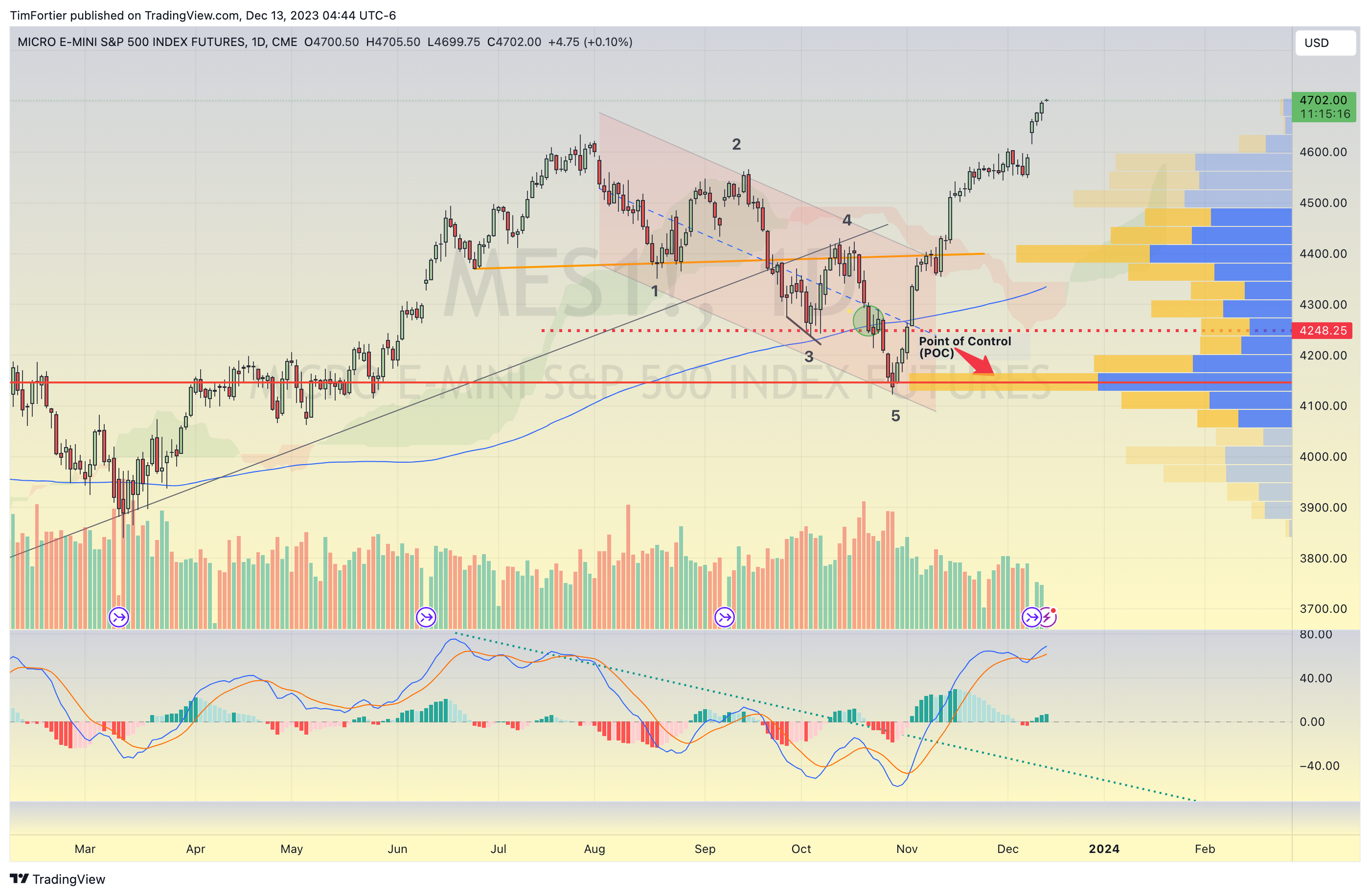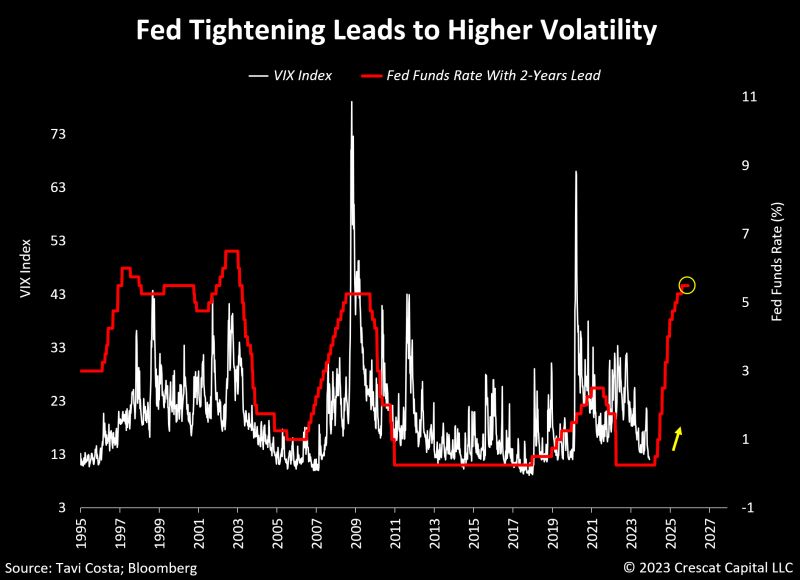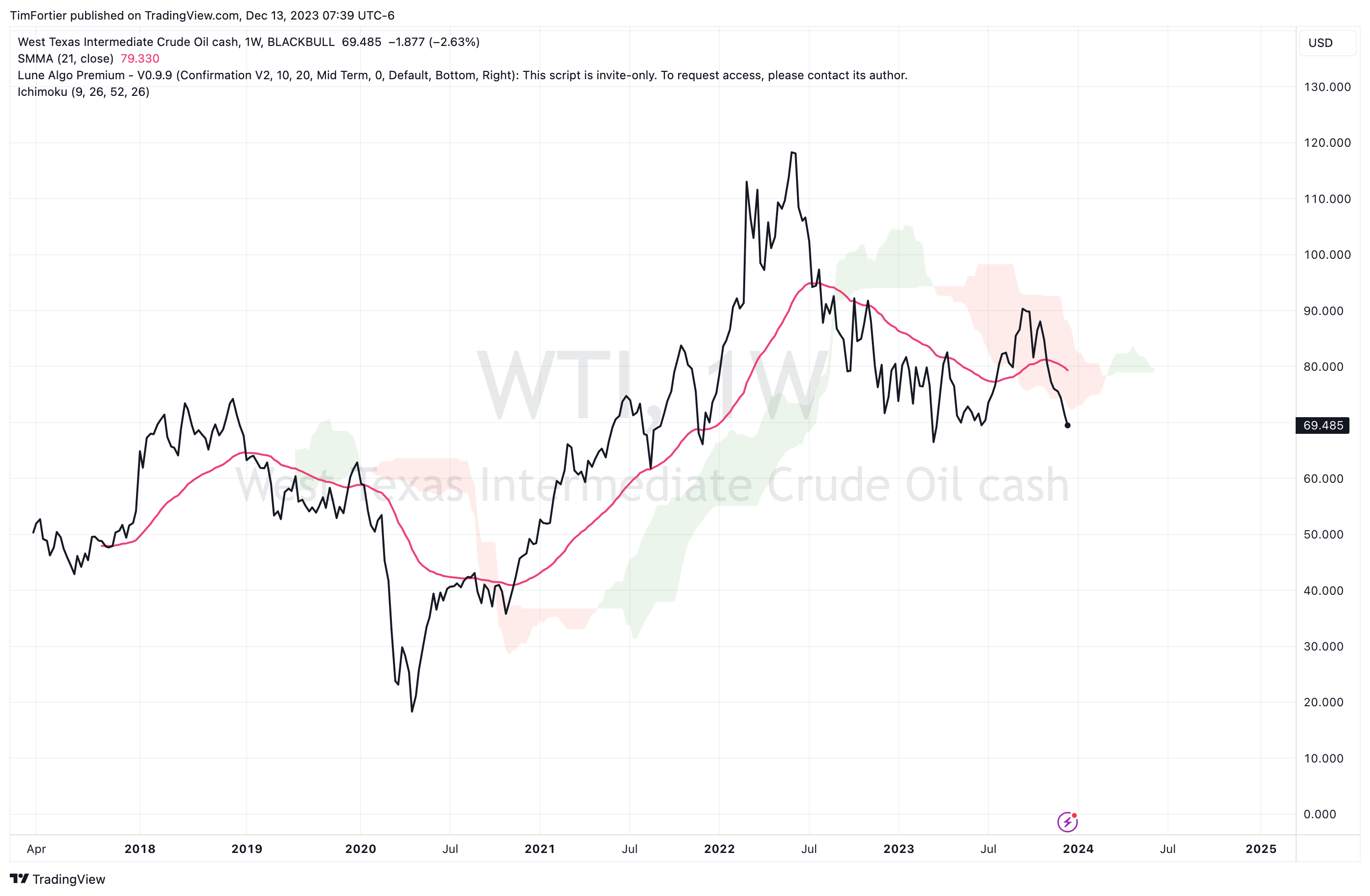Related Blogs
December 13, 2023 | Avalon Team
From the end of October to yesterday, U.S. Treasuries have advanced nearly 17% as measured by the iShare 20+ year Treasury Bond (TLT).
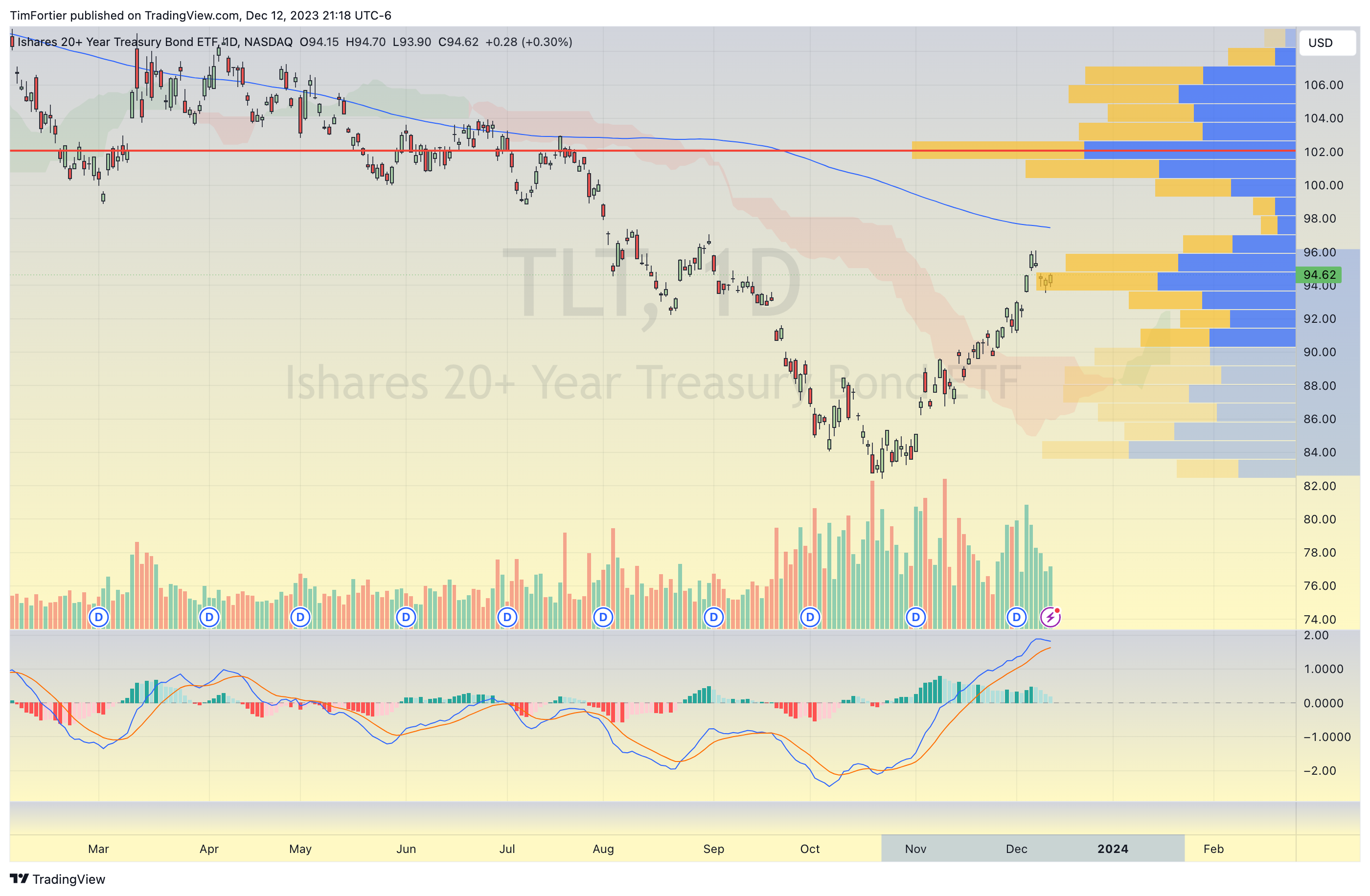 Driving this rally has been the belief in a “soft landing” for the economy, as evidenced by the record number of articles mentioning it, as the chart below shows.
Driving this rally has been the belief in a “soft landing” for the economy, as evidenced by the record number of articles mentioning it, as the chart below shows.
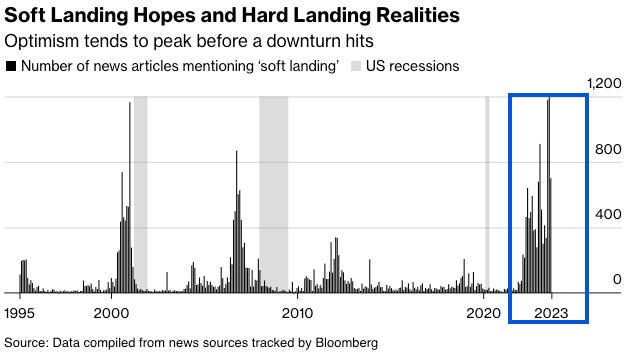
As a result, the stock market has been rallying on lower inflation expectations and a continued belief that the Federal Reserve is going to cut rates next year.
With rates easing and ample liquidity in the system, it has provided the perfect conditions for stocks to stage an impressive year-end rally, with the S&P 500 up 13% since the October low.
Unfortunately, the rally has pushed U.S. large-caps deeper into overvaluation.
For the market to do well in 2024, it will take the rest of the market to finally begin to participate with the megacaps in a meaningful way to at least avoid any serious correction.
That could be more than Santa can deliver.
When we look at U.S. equities globally, we see just how extreme the valuations are.
Primarily propelled by technology firms, the current environment is one of the most speculative periods for American stocks in history.
Concurrently, volatility has reached a 4-year low representing a high in complacency.
Today’s investors are underestimating the potential delayed impacts of one of the most aggressive monetary tightening policies in history.
With a 2-year lead, changes in Fed funds rates have often foreshadowed significant volatility events in equity markets.
If you’re going long on the market here, the only actual long thesis that makes sense to me would be expecting an inflationary boom, where valuations are disregarded and thrown to the wind once and for all in favor of everybody buying into a system where the Fed prints money and buys bonds and stocks until we reap the consequences of defiling the corpse of the U.S. dollar.
In that case, historical norms about valuations would no longer be relevant and all of the metrics showing the market as overvalued—and there are many—would be meaningless.
The reality is that the economy is slowing and that the long-announced recession may be just around the corner.
I’m seeing several economists even predict a period of deflation.
Two opposing forces in 2024
The challenge as I see it is how the Fed is going to balance a slowing economy while at the same time, managing the reckless, out-of-control spending and continual need to sell more and more debt.
Because of that, I’m sticking to my beliefs that the period will be more of stagflation simply because of the massive debt issues and that little will be done to properly address it, especially in an election year.
November CPI
The headline CPI looked tame in November, rising only 0.1 percent. But for the second month, a good headline number is an energy mirage. Rent, which is sticky, rose at least 0.4 percent for the 28th month.
CPI Year-Over-Year Details
- Over the last 12 months, the All Items Index increased 3.1 percent before seasonal adjustment.
- The All Items Index less the Food and Energy Indexes rose 4.0 percent over the last 12 months matching the year-over-year price in October.
- Shelter is up 6.5 percent from a year ago. The rent of primary residence is up a whopping 6.9 percent from a year ago.
- The Energy Index decreased 5.4 percent for the 12 months ending in November, while the Food Index increased 2.9 percent over the last year.
The problem for the typical consumer is that while some expenses can be cut back, food and shelter are not on that list.
The good news for the consumer was that gasoline prices continue to decline.
But does this also forbode a slowing economy?
For the moment, most of the market internals I follow remain positive, albeit beginning to look “late stage.”
Enjoy the Christmas rally. The New Year may bring an unwelcome change.
If you have any questions or have been considering hiring an advisor, then schedule a free consultation with one of our advisors today. There’s no risk or obligation—let's just talk.
Tags

Free Guide: How to Find the Best Advisor for You
Get our absolutely free guide that covers different types of advisory services you'll encounter, differences between RIAs and broker-dealers, questions you’ll want to ask when interviewing advisors, and data any good financial advisor should know about you and your portfolio.


